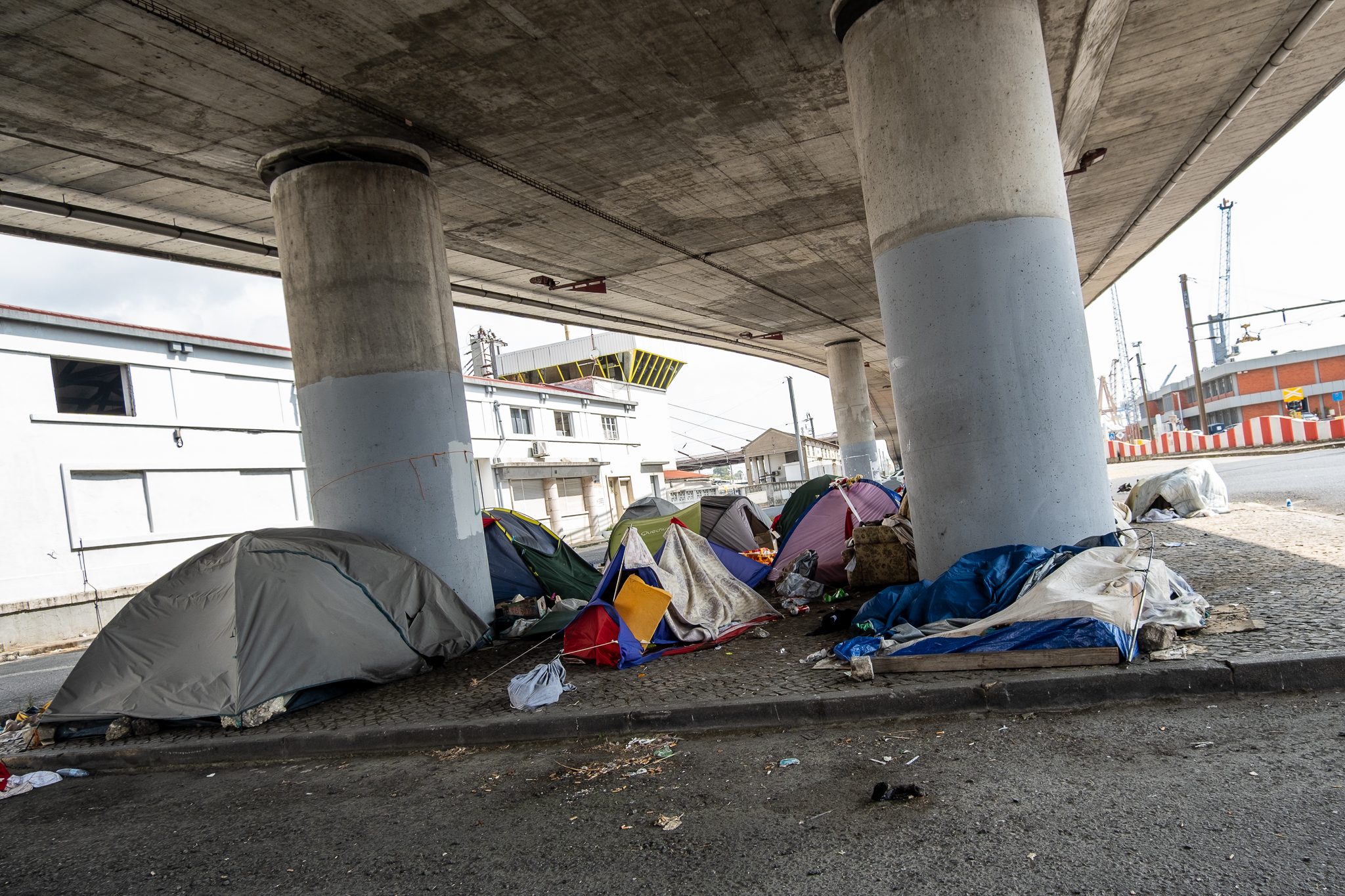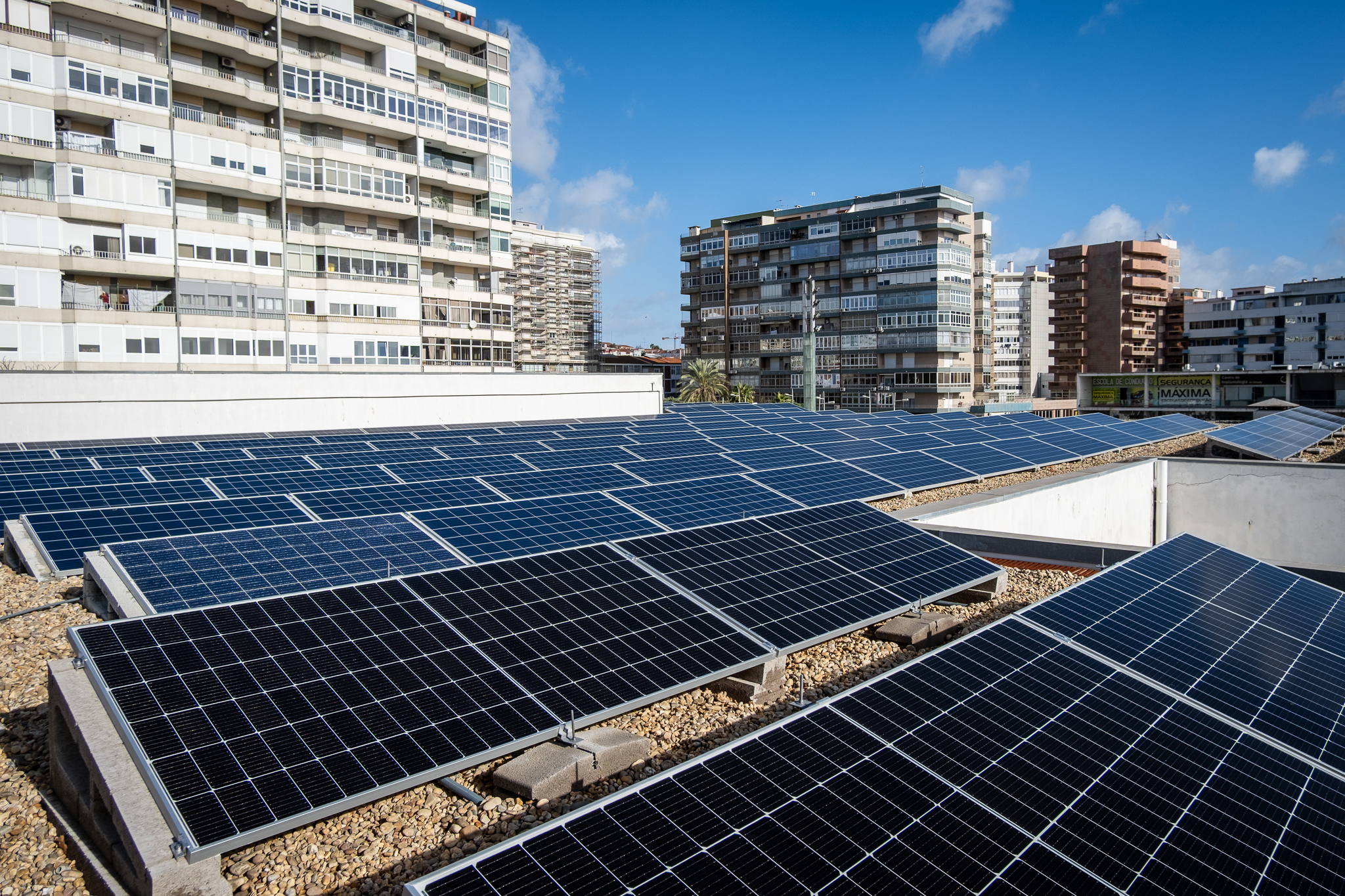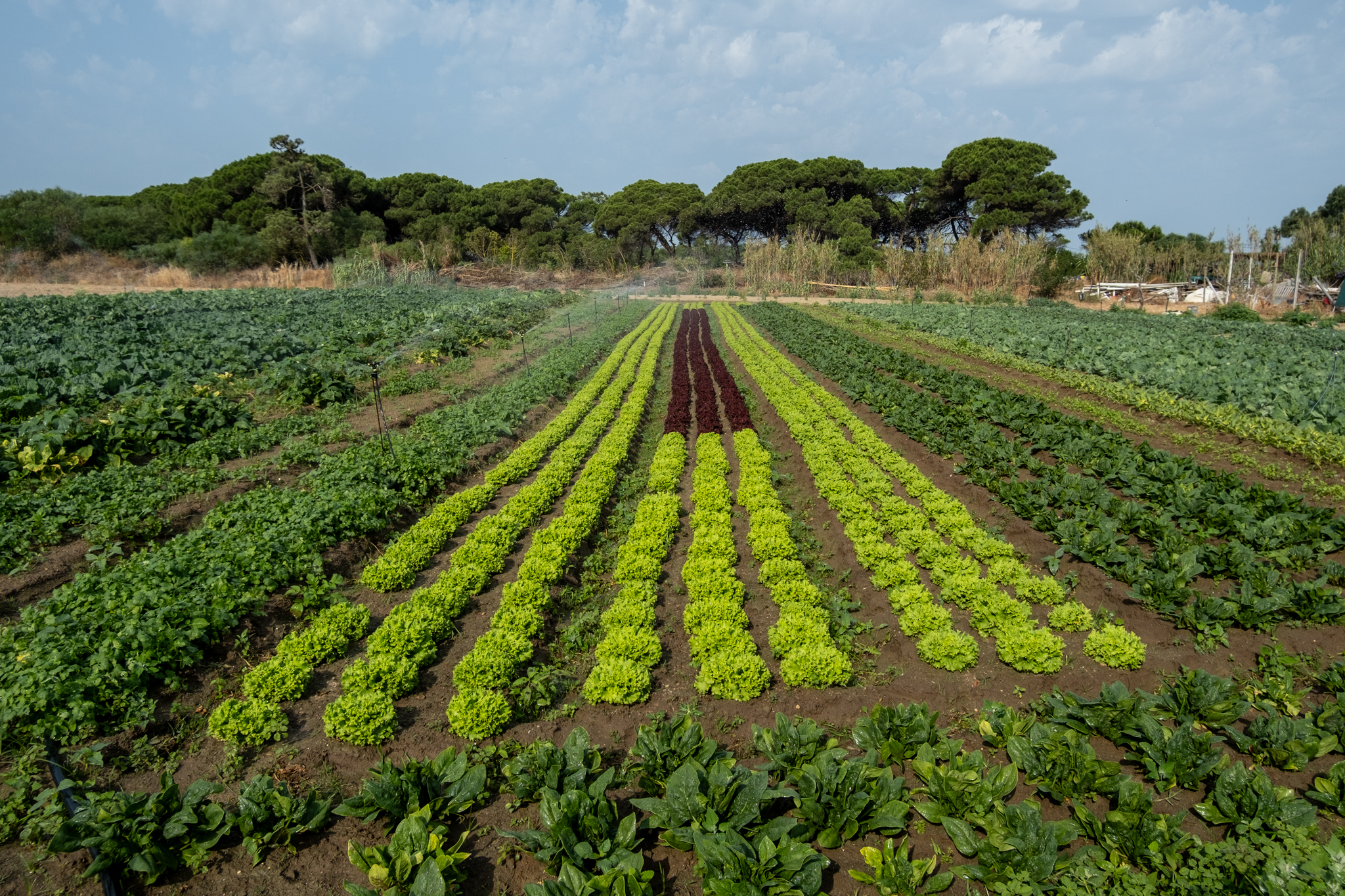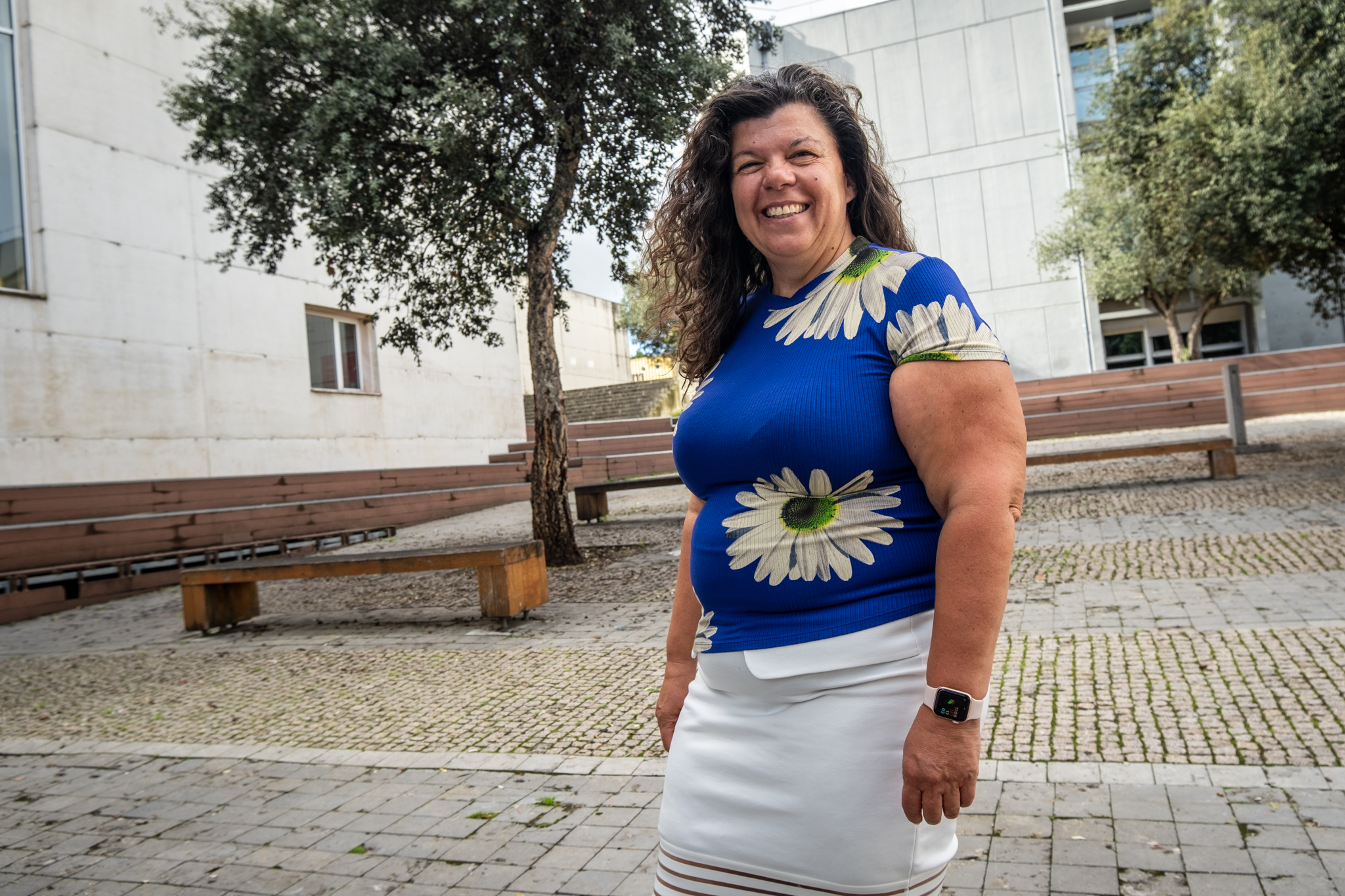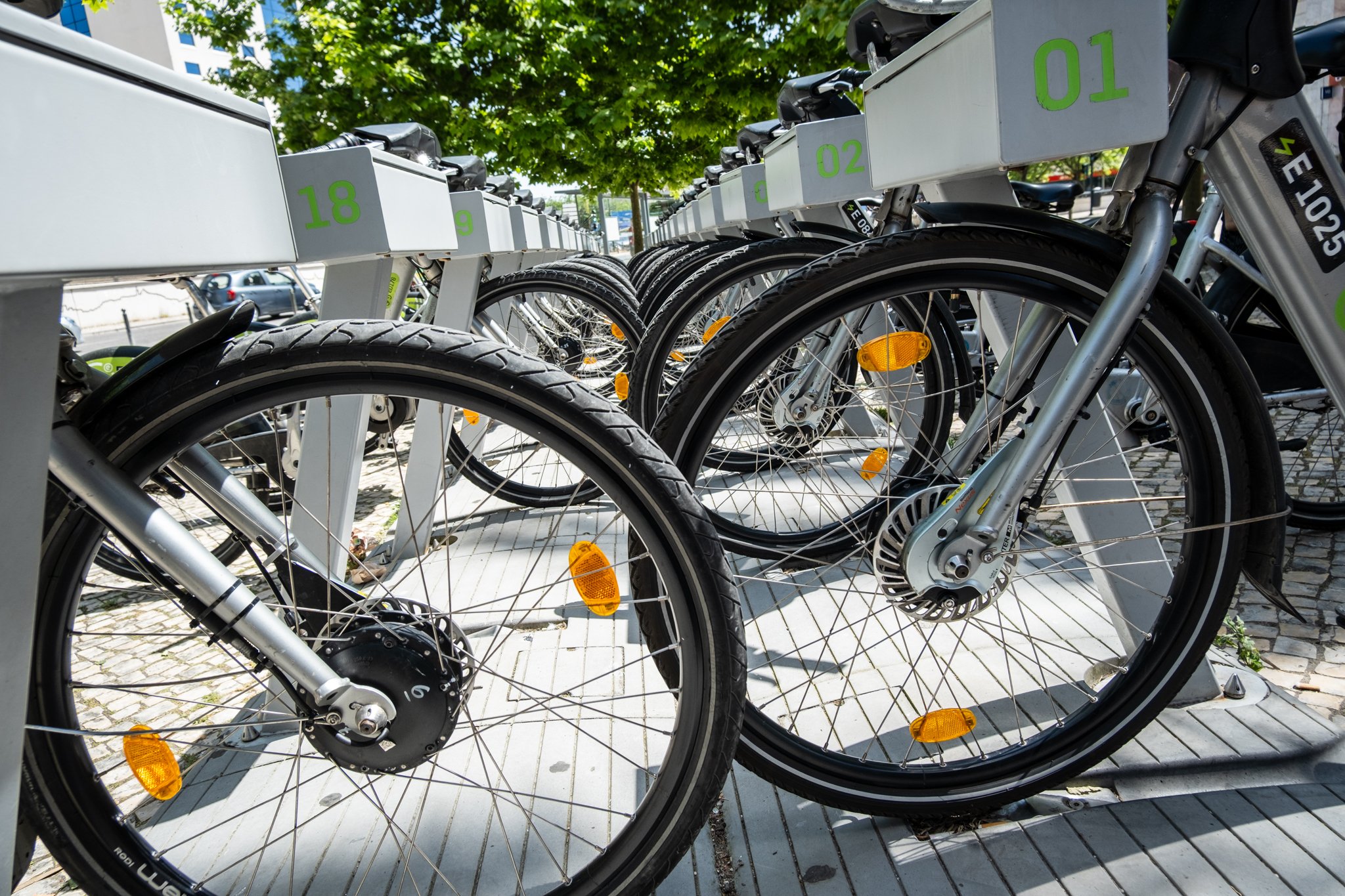Estrela is where the deepest metro station in the city will be: 54 meters below the surface. There is already a tunnel connecting Rato to Estrela, and the works are now advancing towards Santos and Cais do Sodré.
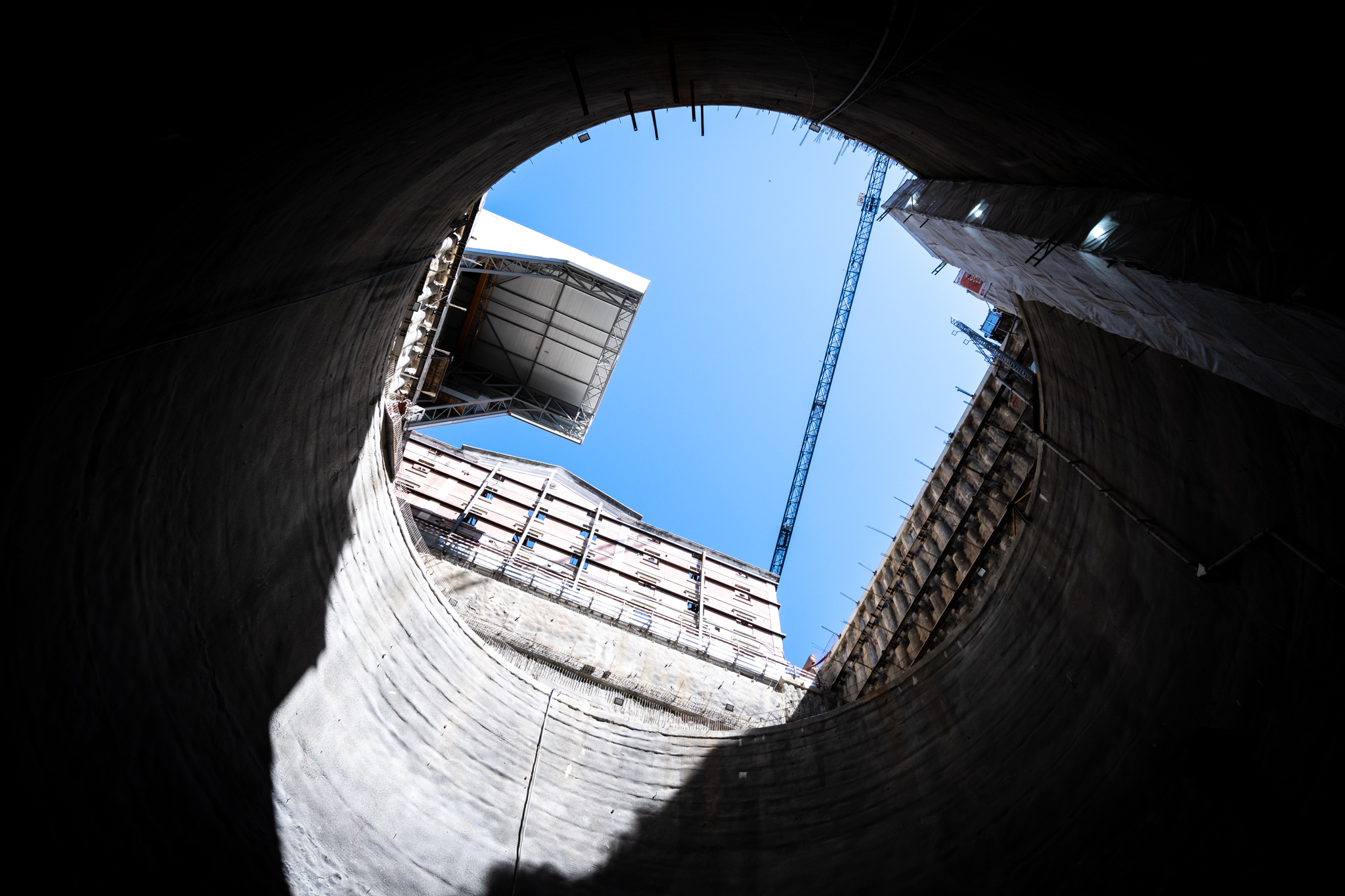
Sturdy boots, yellow vest, helmet and a magnetic card to pass at the entrance. Access to the Lisbon Metro expansion works, which have been taking place in the Estrela area, is carried out with every precaution. Journalists and political delegations had a short briefing and were then invited to go down a small temporary elevator and then some stairs. About 54 meters later and we were down there, where the Estrela station, the deepest in the city, will be in the future.
Let's get down to numbers: the 42-meter Ameixoeira station and the 38-meter Baixa-Chiado station are, for the moment, the two deepest in the capital. The two new stations of Estrela and Santos of the future Circular Line will be built by 2023. Estrela station will also be one of the deepest in Europe - Only Hampsted, in London, is deeper, at 58 meters. The deep location of the Estrela station piers will require a set of six large capacity elevators and two escalators connecting to the concourse.

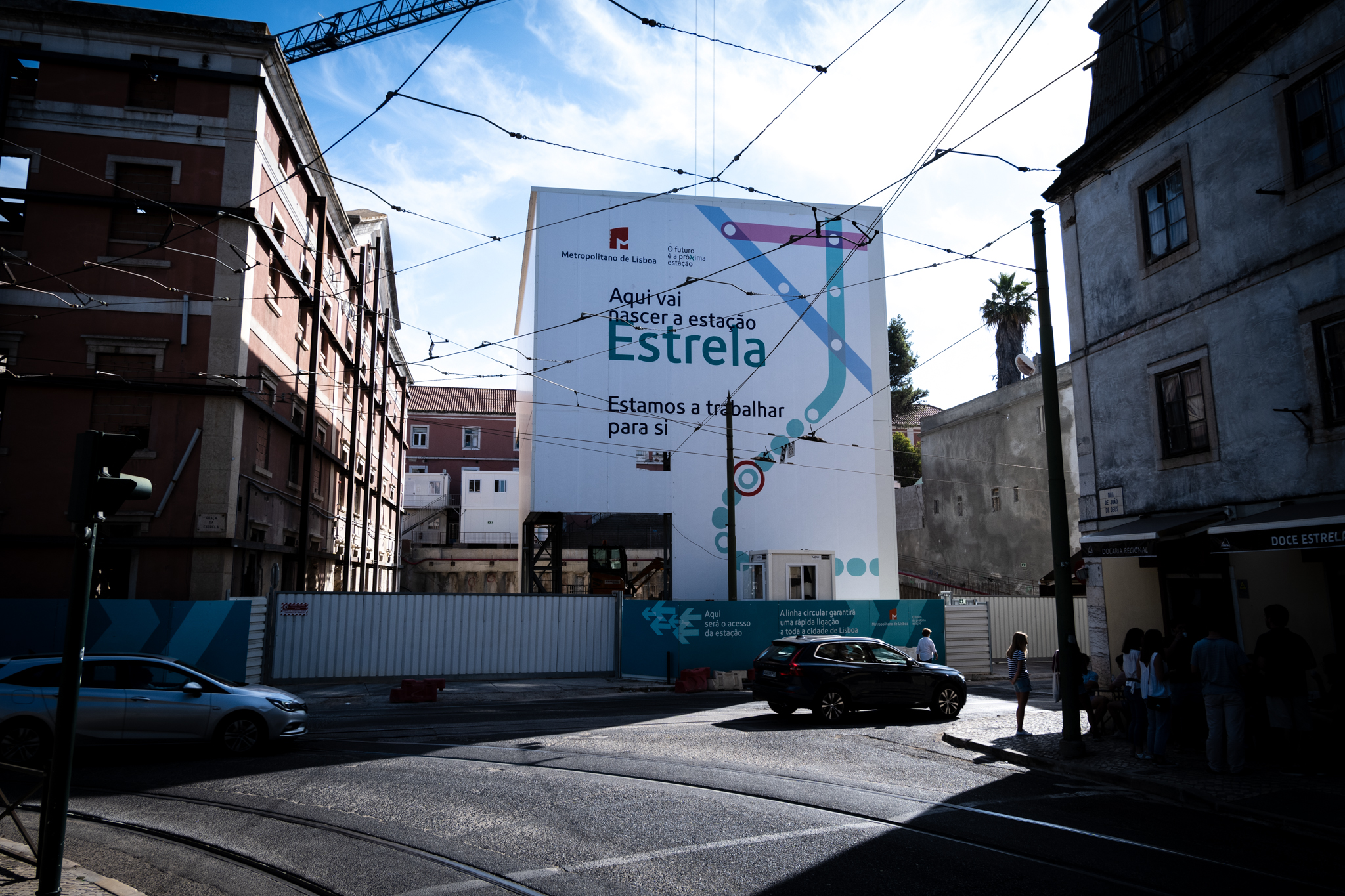
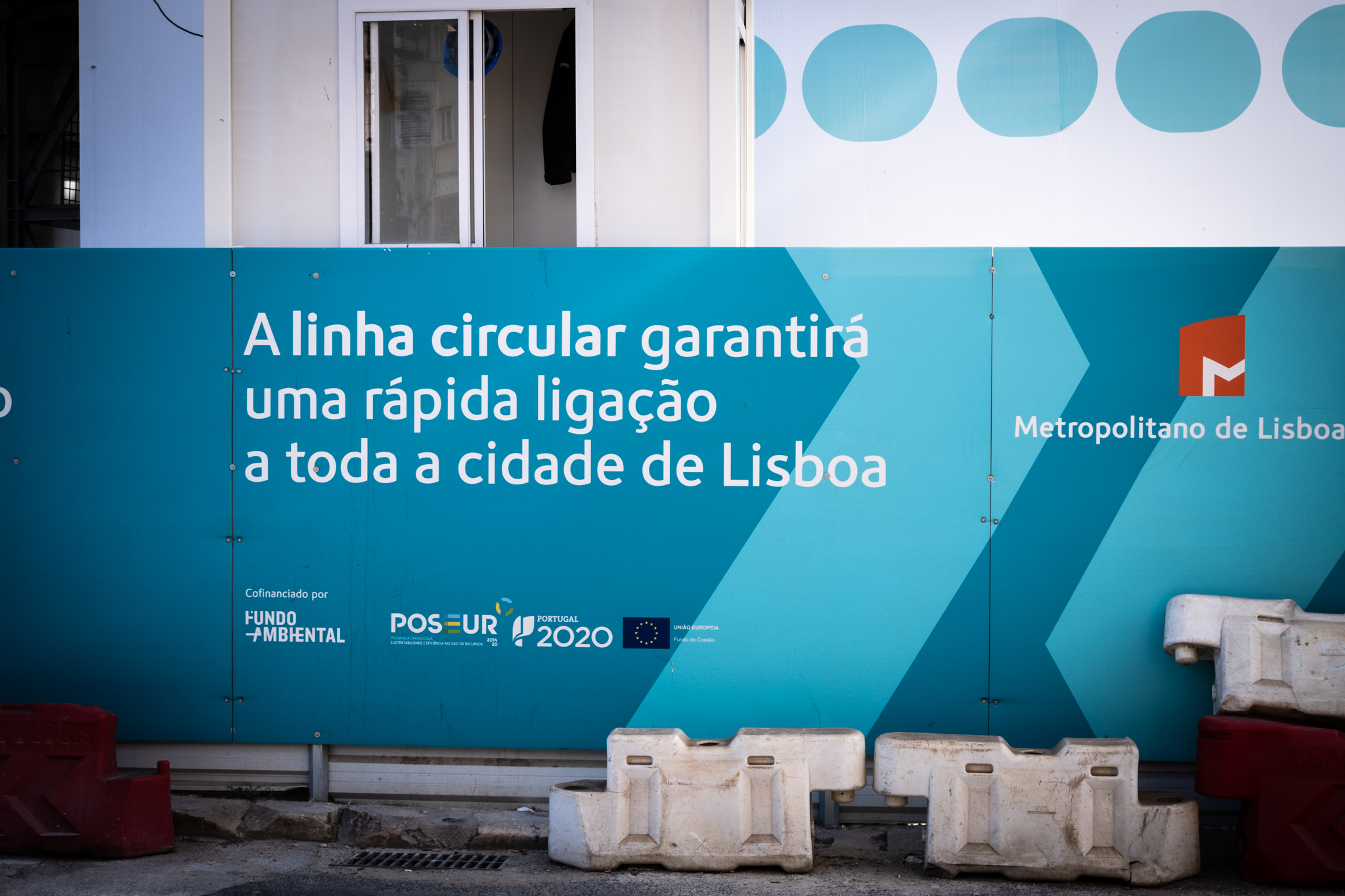
The visit to the expansion works of the Lisbon Metro took place last Saturday, May 28, in the morning, the day on which the document formalizing the start of works on the so-called Lot 2 of the Circular Line was signed - the The contract works for the execution of the tunnel between Santos station and the end of Cais do Sodré station, and the connection of the new tunnel from Rato station to the future Estrela station. The ceremony was attended by the Minister of the Environment and Climate Action, Duarte Cordeiro, the Secretary of State for Urban Mobility, Jorge Delgado, and the President of the Board of Directors of the Lisbon Metro, Vitor Domingues dos Santos.
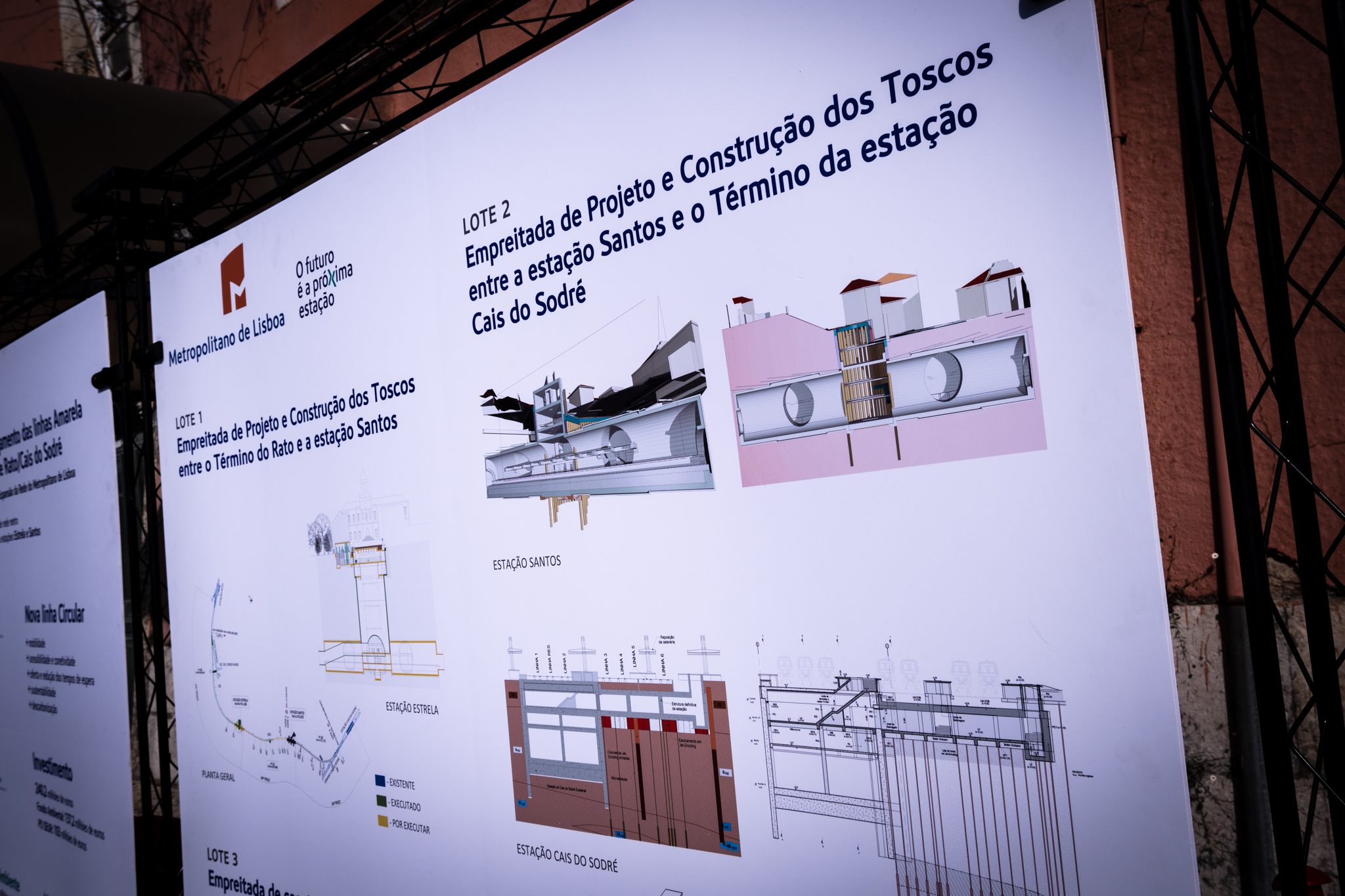
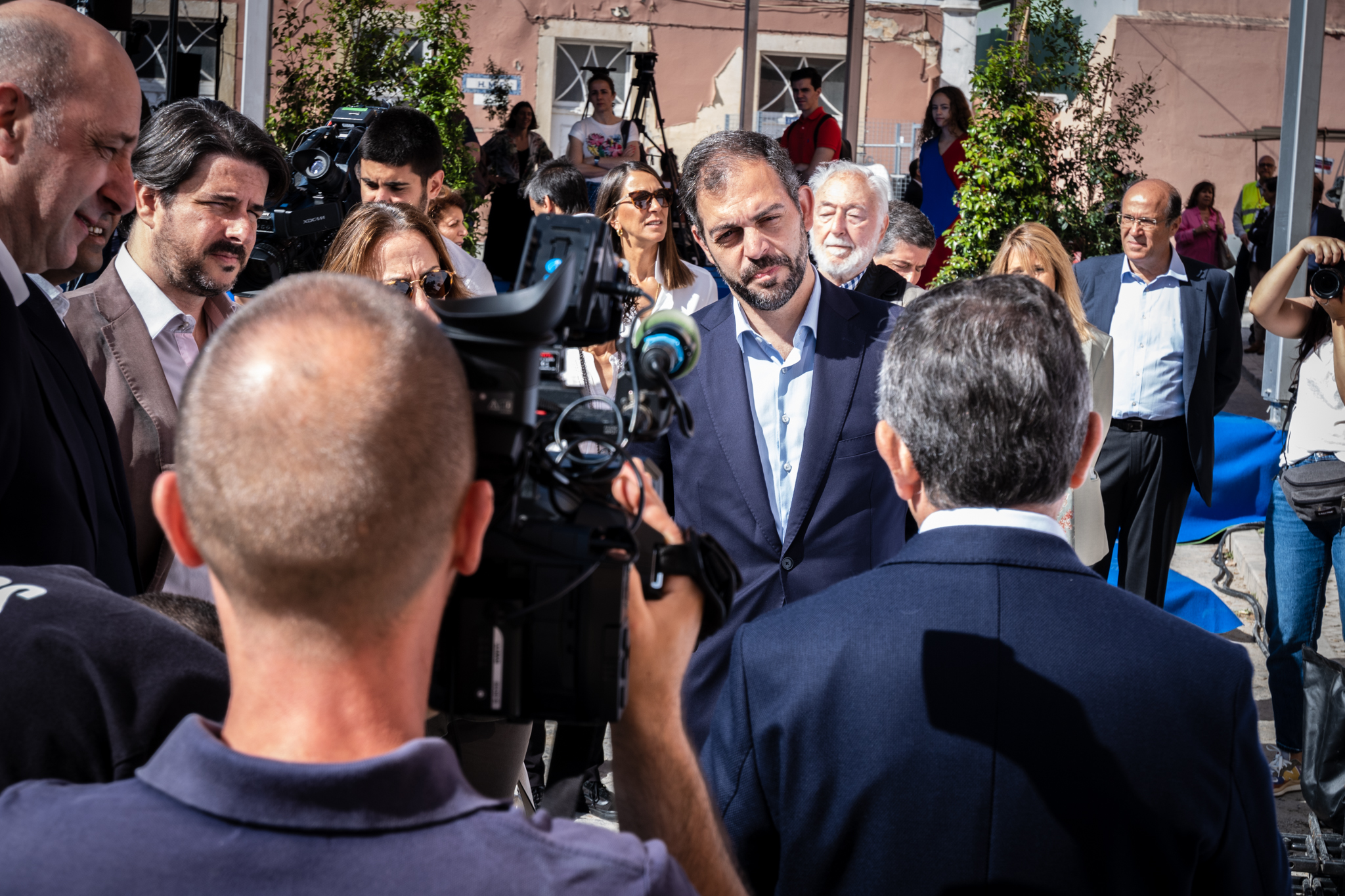
Vítor Domingues dos Santos emphasized that the construction work that is now beginning will be more demanding in "force new schedules, routes and habits"This will have implications for circulation both on Avenida Carlos I, near the former building of the Lisbon Fire Brigade Regiment, where Santos station will be located (which will have an elevator connecting it to Madragoa), and in the Mercado da Ribeira area, where there will be a new exit from Cais do Sodré station, duly connected to the train station. Metro de Lisboa's ambition is "to be the central axis of mobility in the Lisbon Metropolitan Area".he said.

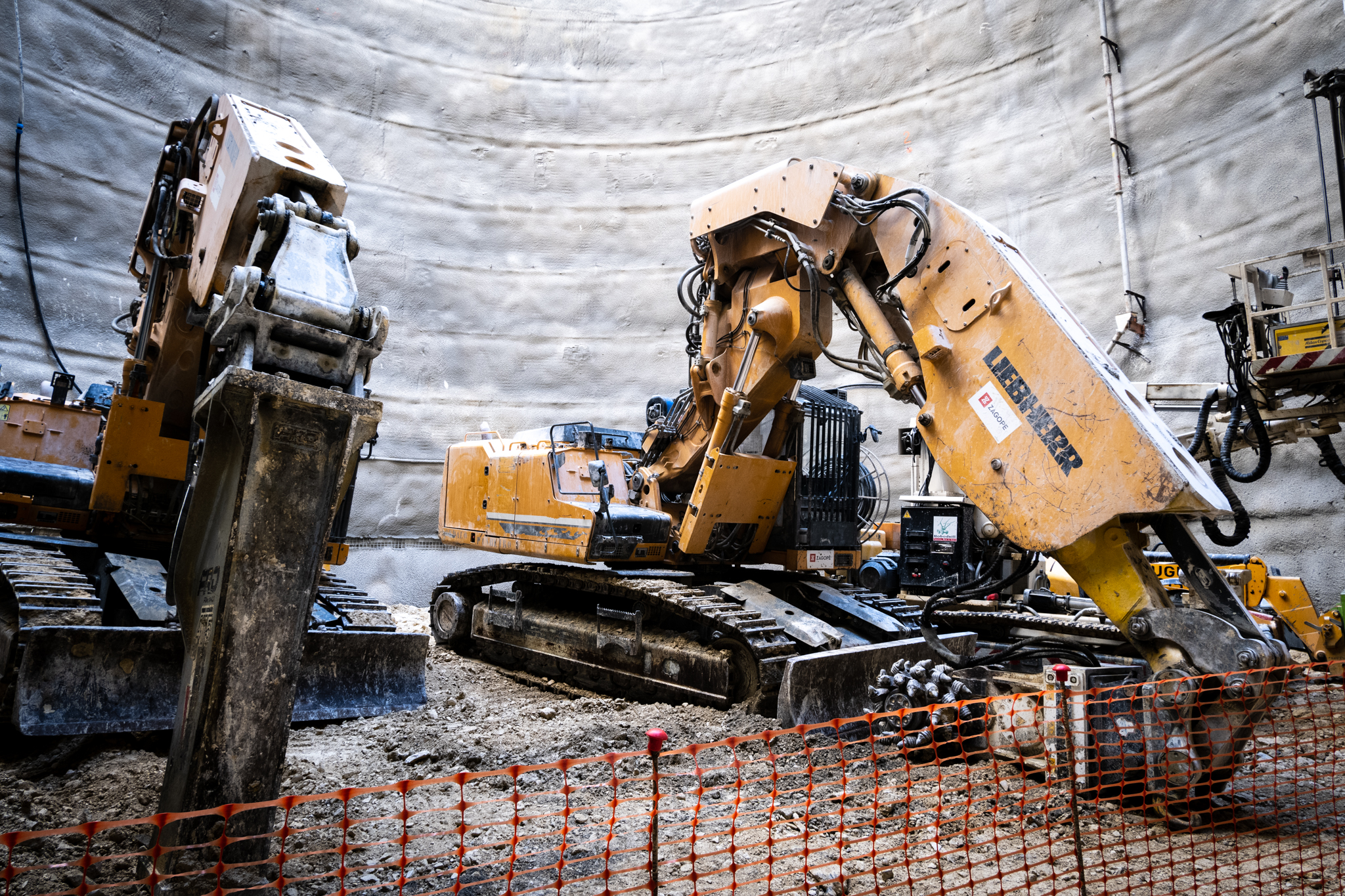
Duarte Cordeiro, Minister of the Environment and Climate Action, reinforced that "the path of carbon neutrality is the one that allows for more growth, wealth and territorial cohesion" and that, therefore, "decarbonizing is good for the economy and for our model of society". No investment in public transportation, "it will not be possible to achieve the environmental goals" to which Portugal has committed itself, Duarte Cordeiro also emphasized, pointing out the conclusion of the Circular Line for the second half of 2024, as has been predicted.
This new extension will have two new stations and two kilometers of network, joining the Yellow and Green Lines between Rato and Cais do Sodré, in a new circular ring in the center of Lisbon. The current connections in the Campo Grande area will remain, so in theory trains could be taken from the future Yellow Line to the city center as it is currently (the Odivelas PS has stated that this will be done at peak hours) or give another design to the subway service, as the already mentioned "looped line.
The contract for Lot 2 was awarded to the Metro Santos Sodré ACE consortium, made up of the Mota Engil, Engenharia e Construção, SA / Spie Batignolles International, branch office in Portugal groups, with an overall execution period of 960 days after the contract is awarded. This contract has a contract price of 73.5 million euros, plus VAT.
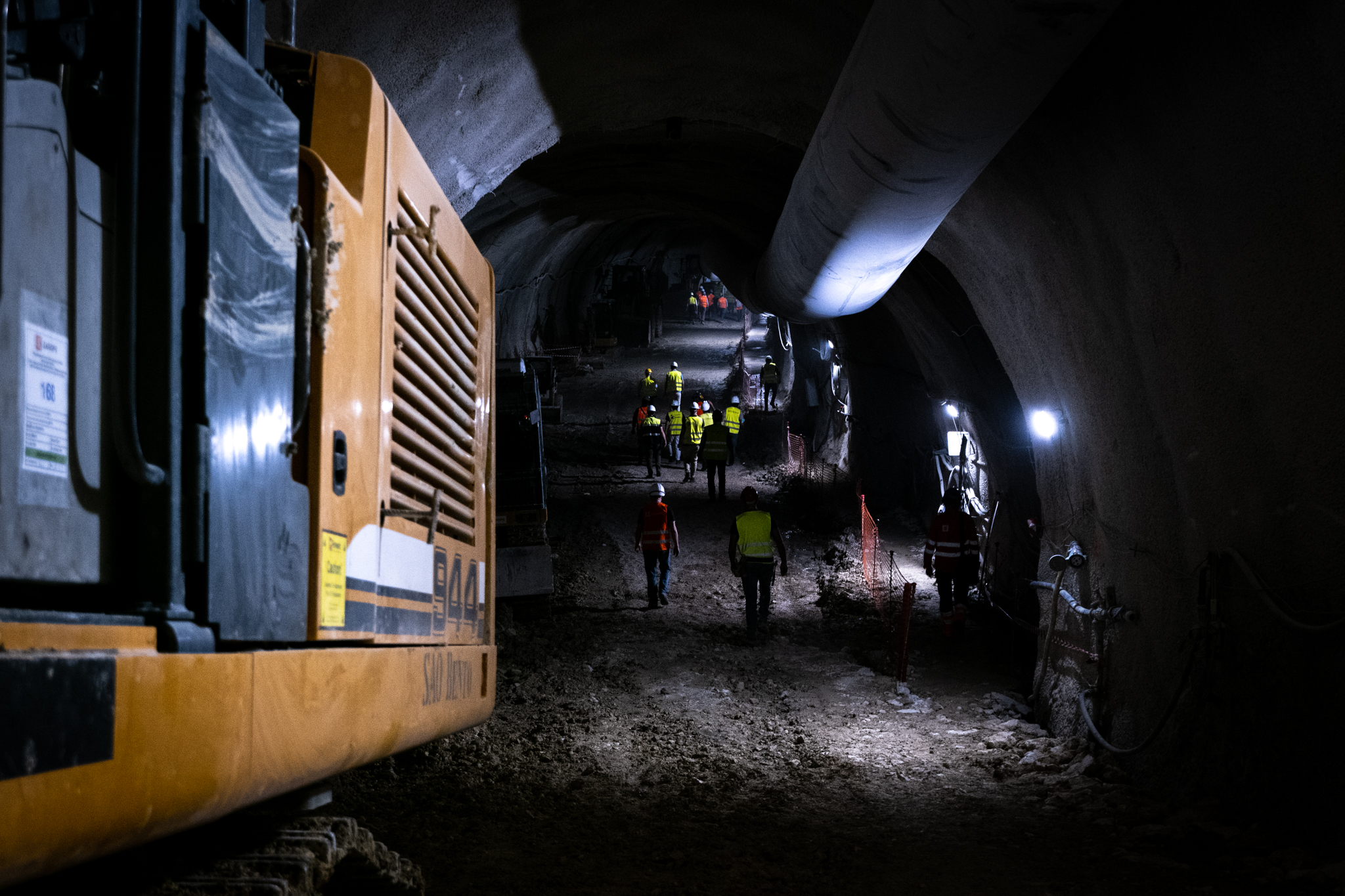
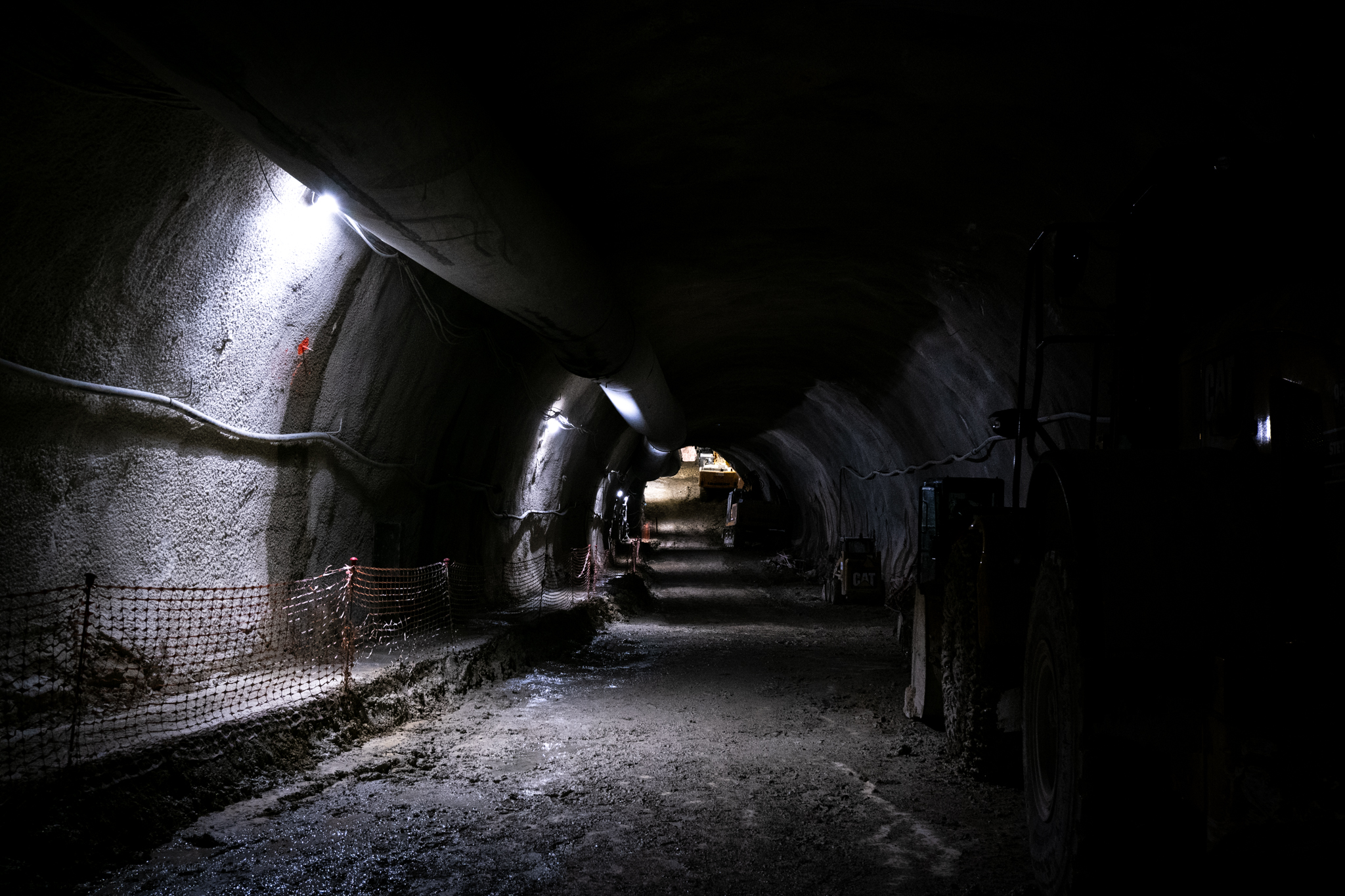


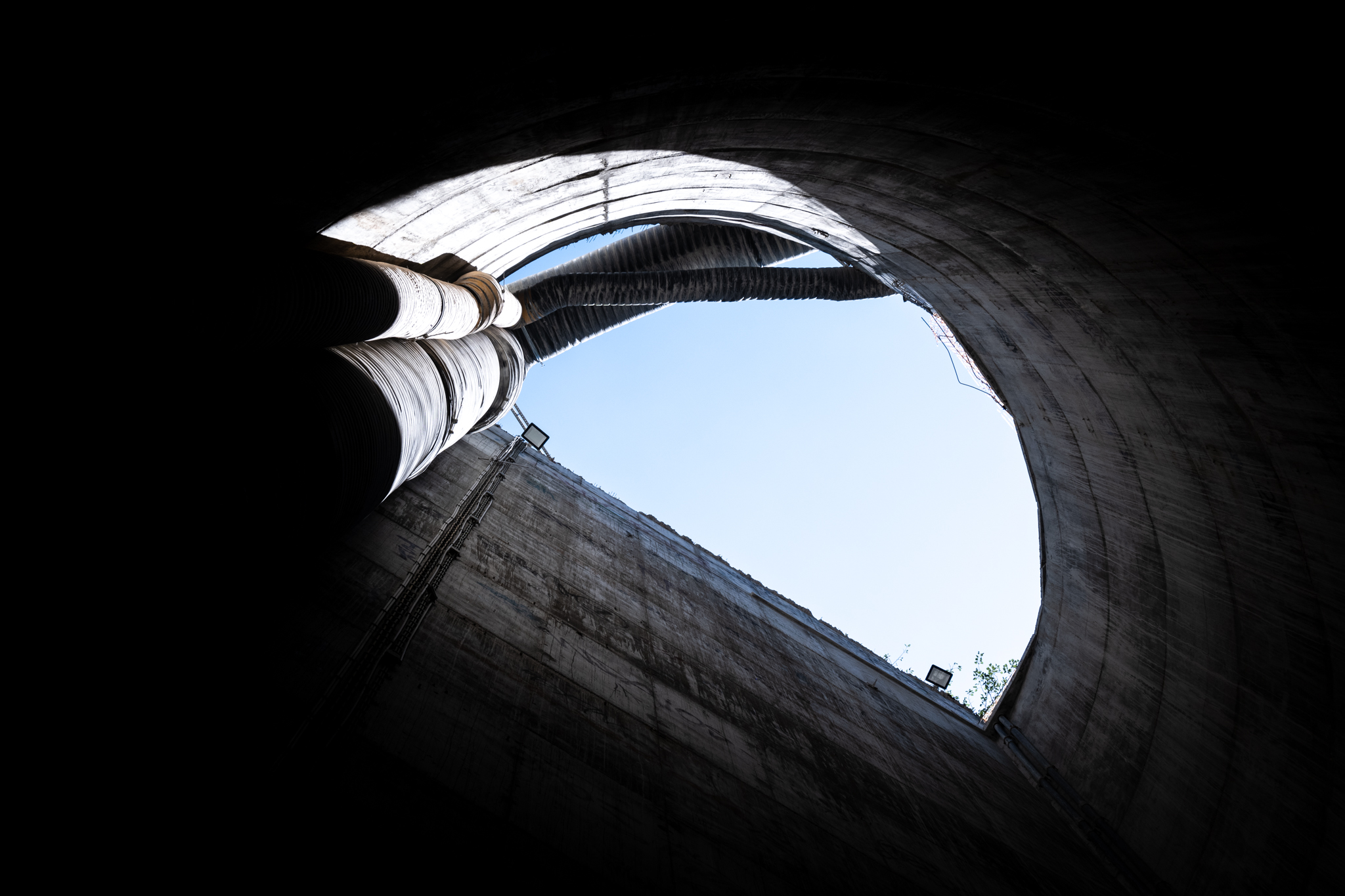
The execution of the Circular Line is divided into four lots:
- Lot 1 involves the execution of the tunnels between the end of the Rato station and Santos station, and the tunnel between Rato and Estrela is currently concluded;
- Lot 2 encompasses the execution of the frames between Santos station and Cais do Sodré station;
- Lot 3 aims to build two new viaducts and expand the Campo Grande station, and is also underway;
- and Lot 4 involves the construction of the finishes and systems of Lots 1 and 2. For this Lot 4, four proposals were submitted and are being analyzed for contracting.
The implementation of the Circular Line will reorganize, according to Metro de Lisboa, the metropolitan mobility, with nine million new passengers in the network in the first year of operation, 3.4 thousand less individual vehicles circulating daily, and 4.1 thousand less tons of CO2. For the Circular Line an investment of 240.2 million euros is foreseen, co-financed in 137.2 million euros by the Environmental Fund and 103 million euros by the Cohesion Fund, through POSEUR - Operational Program for Sustainability and Efficiency in the Use of Resources.



